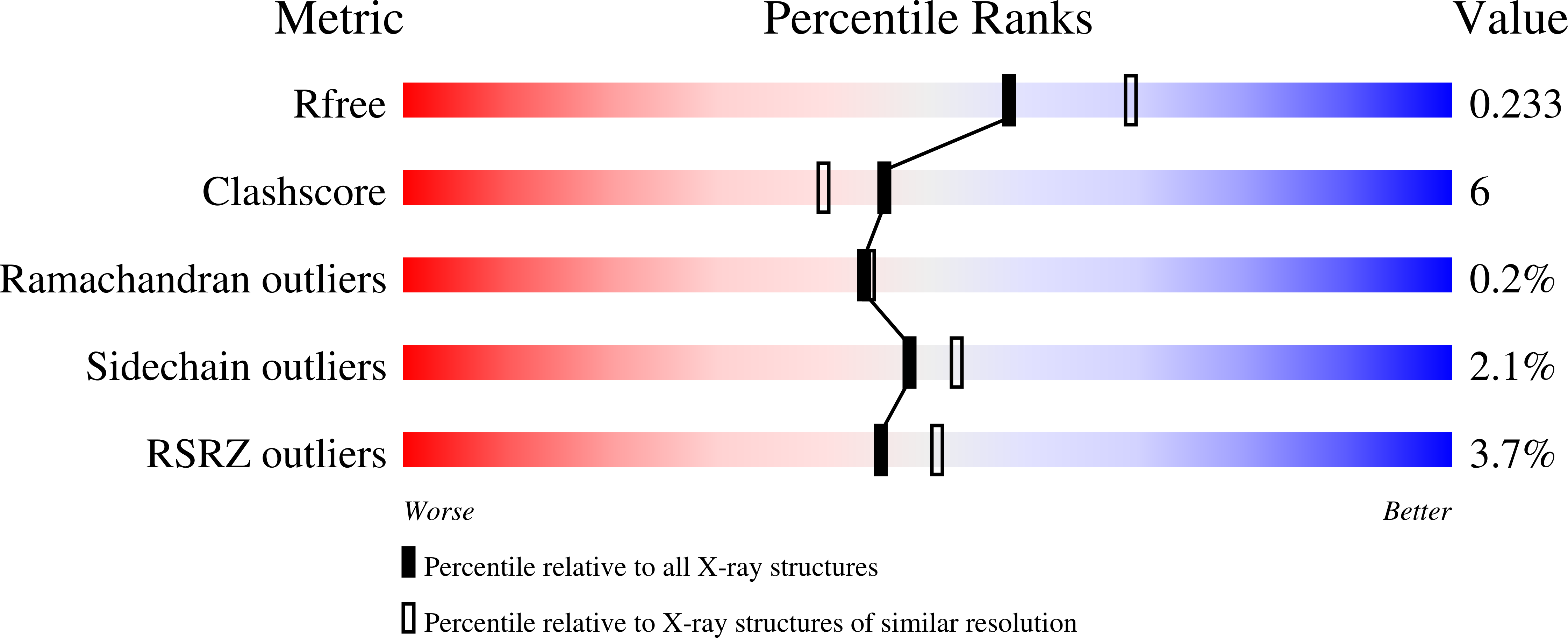
Deposition Date
2025-05-30
Release Date
2025-08-27
Last Version Date
2025-08-27
Entry Detail
PDB ID:
9OVH
Keywords:
Title:
Structure of an ancestral ethylene forming enzyme, Anc357, in complex with Mn
Biological Source:
Source Organism:
unidentified (Taxon ID: 32644)
Host Organism:
Method Details:
Experimental Method:
Resolution:
2.15 Å
R-Value Free:
0.22
R-Value Work:
0.19
R-Value Observed:
0.19
Space Group:
P 1 21 1


